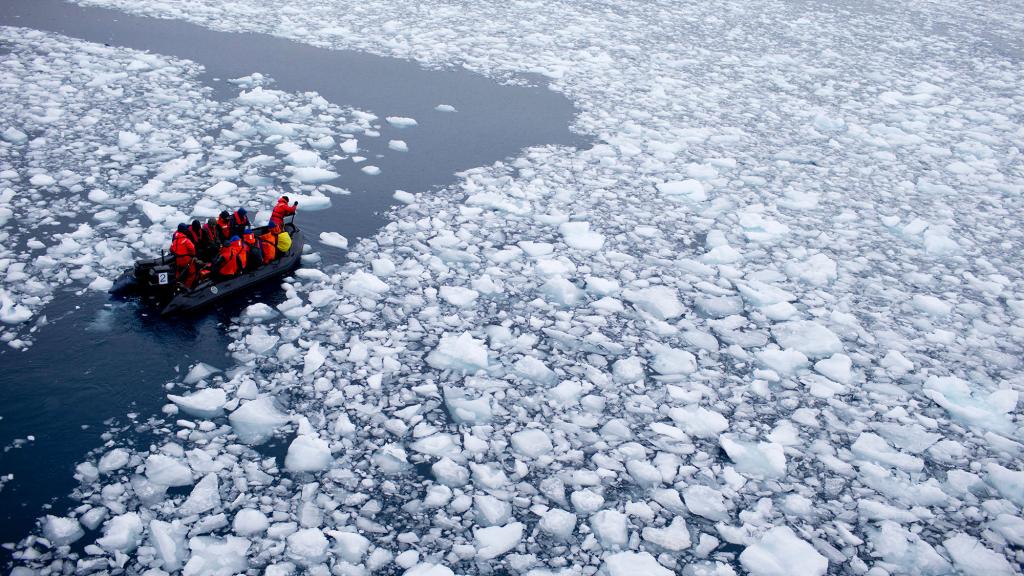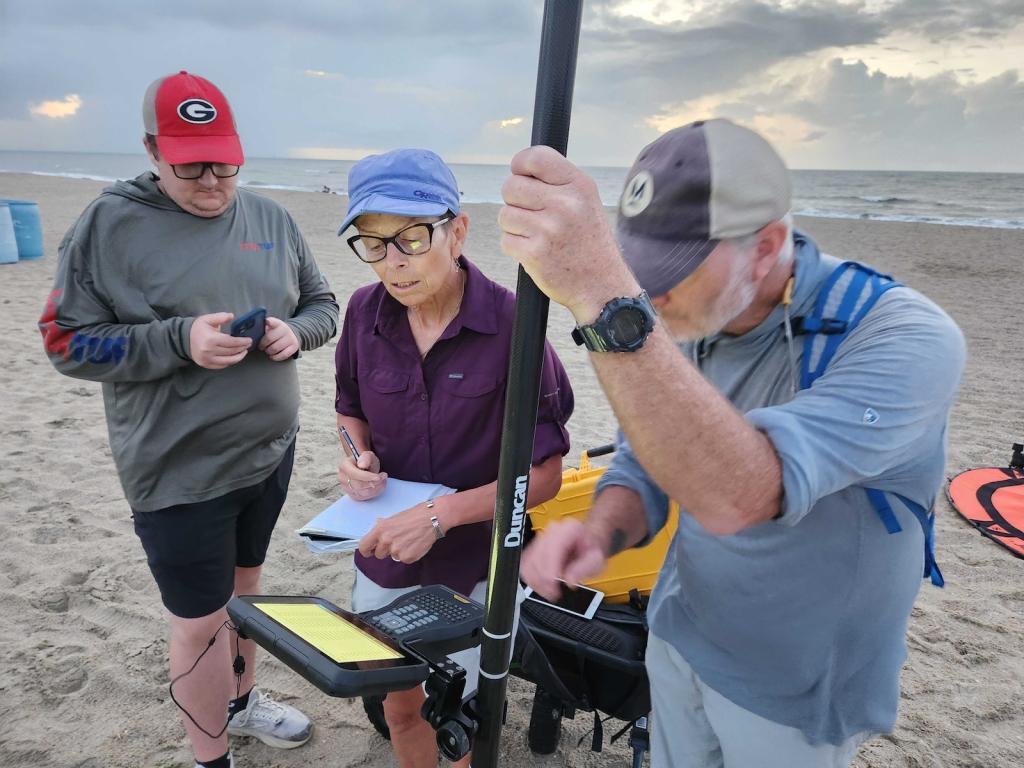For more than a decade, The Metals Company has poured millions of dollars into researching and developing technology for mining seafloors at extreme depths, funding scientific studies to evaluate the environmental impact, and persuading investors and political leaders to support their vision of scraping minerals like cobalt and copper from the ocean floor.
In 2021, the company went public, opening at $11.05 per share. Then its stock plummeted as global regulators debated what rules to impose on sea bed mining, hitting $0.55 a share at its lowest point. Last week, the company’s stock was back up to $7.89, a tenfold increase over a single year despite large, continual losses and no ability to profit from selling minerals until at least late 2027 due to pending permits.
“We see a path for this stock to continue to perform very well,” said Craig Shesky, the company’s chief financial officer, to investors at a virtual conference this month. “We are sitting really in the eye of the storm when it comes to what the U.S. needs to do to diversify supply chains for th... Read more










